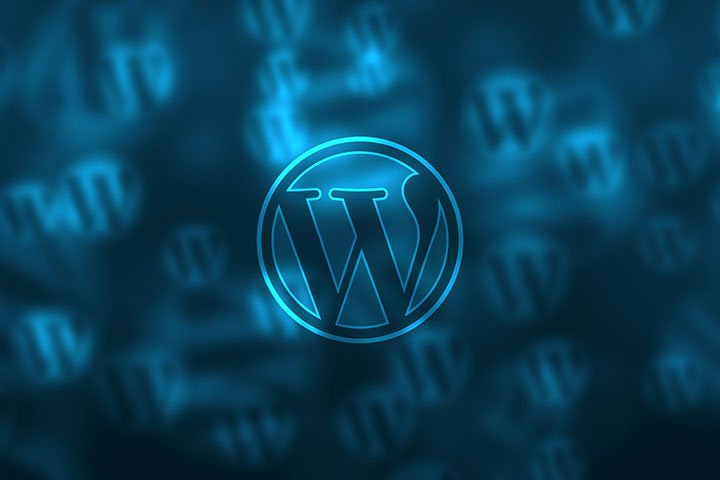
WordPress is the most popular content management system (CMS) in the world, powering over 40% of all websites on the internet. One of the key reasons behind its widespread adoption is how easy it is to customize. Whether you are a beginner launching your first blog or a developer building a complex enterprise site, WordPress offers the flexibility, tools, and community support to make customization straightforward and accessible.
1. User-Friendly Interface
WordPress features an intuitive dashboard that simplifies content management and customization. The visual interface allows users to make changes without touching a single line of code. From editing pages and posts to adding media and plugins, everything is easily accessible via the admin panel.
The block-based editor (Gutenberg) introduced in recent versions allows for even greater control, enabling users to create rich layouts with drag-and-drop simplicity.
2. Thousands of Themes Available
One of the most significant advantages of WordPress is the availability of thousands of free and premium themes. Themes provide the visual foundation of your website. You can change the appearance of your site in seconds by switching themes, all without losing your content.
Themes are also highly customizable. Most premium themes come with built-in customization options for layout, colors, fonts, and more. You don’t need to be a designer to create a beautiful website.
3. Powerful Plugin Ecosystem
Plugins are what truly make WordPress powerful. With over 60,000 plugins available in the WordPress repository, you can add almost any functionality to your website without writing code.
Whether you need SEO tools, contact forms, e-commerce functionality, or security enhancements, there’s likely a plugin for it. Most plugins also come with easy-to-use settings and configuration panels.
4. Page Builders for Drag-and-Drop Customization
Page builders like Elementor, WPBakery, and Beaver Builder have revolutionized WordPress customization. These tools offer real-time drag-and-drop editing, allowing users to build complex page layouts visually.
With a page builder, you can design headers, footers, content blocks, and landing pages without touching code. Many themes are also optimized to work seamlessly with popular page builders.
5. Custom Widgets and Menus
WordPress allows users to manage widgets and menus from the dashboard easily. Widgets can be added to sidebars, footers, and other widget-ready areas, providing extra functionality or content.
Menus are also easy to create and manage. You can build multi-level navigation structures by simply dragging and dropping menu items.
6. Theme and Plugin Customizer
The built-in WordPress Customizer gives users a live preview of their site while making changes. You can adjust settings like site identity, colors, typography, and more while immediately seeing how they affect your site.
This live editing capability makes the customization process much more intuitive, especially for users without technical skills.
7. Custom Code Flexibility
For those with coding knowledge, WordPress offers full access to theme and plugin files. You can customize HTML, CSS, JavaScript, and PHP to meet any specific requirements. The WordPress Codex and developer documentation provide ample guidance.
Child themes allow developers to safely modify existing themes without affecting future updates, ensuring long-term maintainability.
8. Extensive Documentation and Community Support
The WordPress community is massive and active. No matter what issue you run into or feature you want to add, chances are someone has already tackled it. The WordPress.org forums, Stack Overflow, and countless tutorials, blogs, and YouTube channels offer quick solutions.
This level of community support makes it much easier to learn and implement customizations, even for beginners.
9. Multilingual and Multisite Capabilities
WordPress can be customized to support multiple languages with plugins like WPML or Polylang. This is essential for businesses that cater to diverse audiences. Additionally, WordPress Multisite allows you to create and manage a network of sites from a single dashboard.
These capabilities make WordPress a flexible solution for both small businesses and large enterprises.
10. Responsive and Mobile-Friendly Customization
Most modern WordPress themes are built to be responsive, meaning they adjust automatically for different screen sizes. With customization tools, you can fine-tune how your site looks on mobile, tablet, and desktop.
Page builders and the Customizer often include responsive design controls, giving you the ability to hide or adjust elements based on the device.
Conclusion
WordPress’s ease of customization is one of the main reasons it has become the go-to solution for website creation. Its combination of user-friendly tools, powerful plugins, customizable themes, and a supportive community makes it ideal for users of all skill levels. Whether you’re building a personal blog, a business site, or an e-commerce platform, WordPress gives you the control and flexibility to create something uniquely yours — without the steep learning curve.
